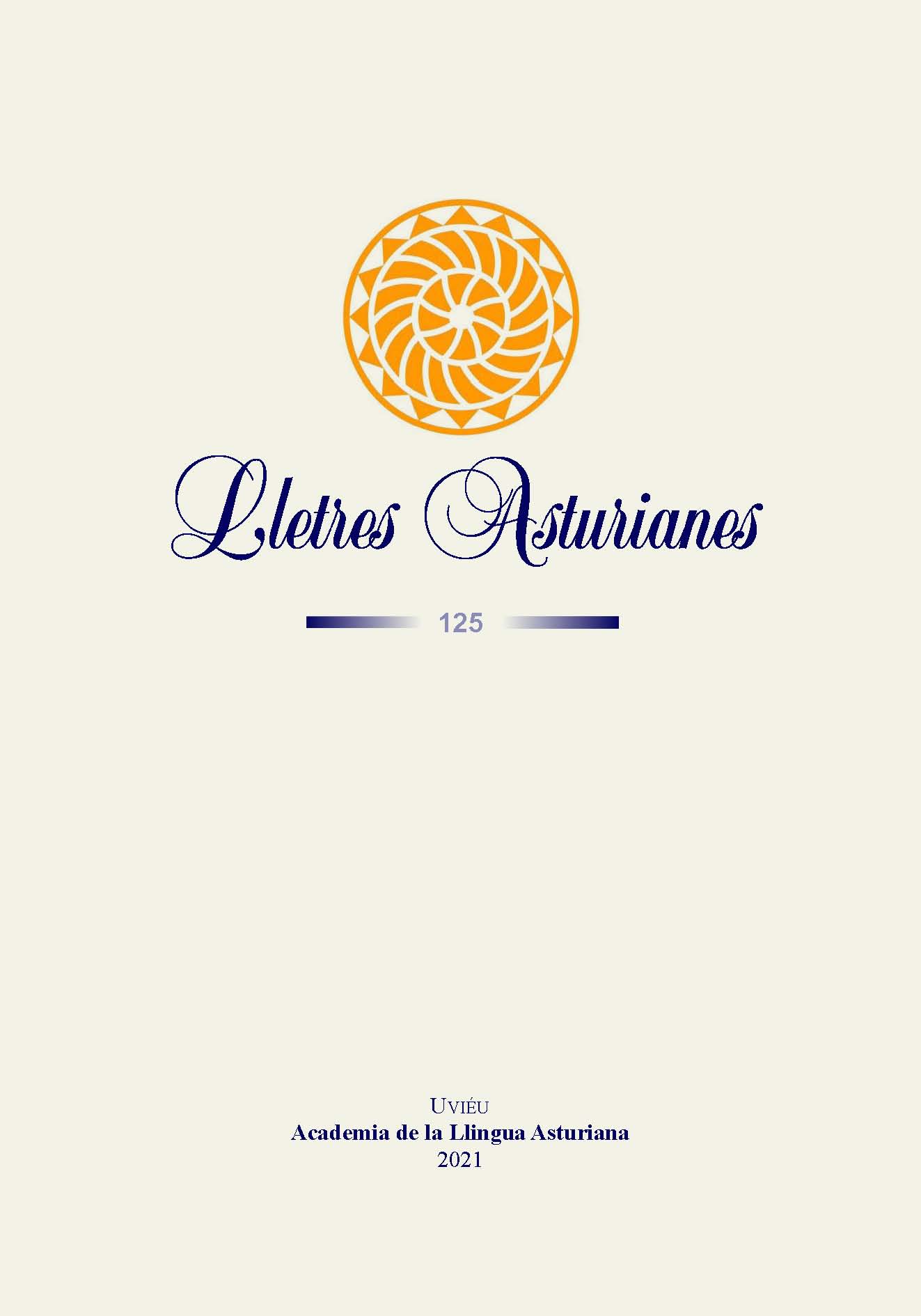Abstract
The aim of this article is to offer a panoramic view of the senabrese oral literature, paying special attention to a specific tale and legend that resides in Senabria’s collective mind. Following this path, the study begins with a short overview of the oral literature research history in this territory in order to pursue the investigation of the various oral literature genres that can be found in the region through the example of a tale and a legend present in the senabrese oral tradition. In this portion there are presented plenty of popular songs, romances, sayings, old trades, and anecdotes accompanied with their respective examples. Therefore, in the case of the popular songs it is offered an array of traditional instances that have their roots in the senabrese adaptations of foreign melodies as well as others of newer creation. The senabrese versions of the famed Mambrú and Gerineldo romances are used for the exemplification of this type of genre. Next, there are several examples of traditional sayings. With regard to the old trades, is offered a sample that revolves around the bread oven, and in relation to anectodes, a story comprised of wolves as a main subject.
In the second part, in connection with popular tales and legends –bearing in mind where they are placed in Aarne-Thompson-Uther’s (ATU – Uther, 2004) classification– there are given several examples, particurally in relation to tales of giants. Succesively, in the fragment specifically dedicated to tales, instances that verse about mouros (Moors) and other fictional or magical characters are presented in a way that allows the study to treat them according to Thompson’s (1995) tale motivs and to consecutively approach witch stories, sightings and apparitions of the dead or people close to its demise, and other popular beliefs from that point of view. The article closes with a handful of conclusions in reference to the perception of the survival capability of these tales and the linguistic replacement in Senabria.
References
Alonso, S. (2007). Más refranes sanabreses. El Llumbreiru,11, 8.
Amores, M. (1997). Catálogo de Cuentos Folclóricos Reelaborados por autores del siglo XIX. Madrid: CSIC.
Anguita Jaén, J.M. (2003): El «Pseudo-Turpín» y la leyenda de Lucerna de los Alpes al Lago de Sanabria. Iacobus: revista de estudios jacobeos y medievales,15-16,75-98.
Cortés Vázquez, L. (1948). La leyenda del Lago de Sanabria. RDTrPIV, 1, 94-114.
Cortés Vázquez, L. (1949). Veinte cuentos populares sanabreses. RDTrPV,2, 201-270.
Cortés Vázquez, L. (1950). Dos textos dialectales de Rihonor y dos romances portugueses de Hermesinde. Boletim de Filología (Miscelanea de Filologia, Literatura e História Cultural. Á memória de Francisco Adolfo Coelho) XI, 388-403.
Cortés Vázquez, L. (1976). Leyendas, cuentos y romances de Sanabria. Salamanca: Librería Cervantes.
De Llano y Roza de Ampudia, A. (1925, reed. 1993). Cuentos Asturianos recogidos de la Tradición Oral. Uviéu: GEA.
Espinosa, A. M. (2009). Cuentos populares recogidos de la tradición de España, introducción y revisión de Luis Díaz Viana y Susana Asensio Llamas. Madrid: CSIC.
Guessard, M.F. (1858), Les Anciens Poetes de la France: Gui de Bourgogne – Otinel Floovant. Paris: chez Jannet.
Herbers, K &Noia, M.S. [ed] (1988): Liber Sancti Iacobi. CodexCalixtinus. Santiago de Compostela: Xunta de Galicia.
Hernández, A. (2007). El tí Queitanu y l’oubispu (en senabrés). El Llumbreiru, 9, 7.
Jegerlehner, J. (1913). Sagen und Märchen aus dem Oberwallis. Basel: Verlag der Schweiz. Gesellschaft für Volkskunde.
Kapitsa, F.S. (Капица Ф. С.) (2000). Славянские традиционные верования, праздники и ритуалы: справочник. Moscú: Наука.
Krüger, F. (1923). El dialecto de San Ciprián de Sanabria. Madrid: RFE, anejo IV.
Lajo, X.X. (2014). La estensión de los plurales en -es / -en en Senabria. Lletres Asturianes, 111, 67-100.
Lajo, X.X. (2016). Los pronomes personales en Senabria: formes y emplegos. Lletres Asturianes, 115, 103-129.
Lajo, X.X. (2018). Los posesivos en Senabria (Zamora). Lletres Asturianes, 118, 33-52.
Milio Carrín, C. de (2008). La Creación del Mundo y Otros Mitos Asturianos. Uviéu.
Ovidio Nasón, P. (1994). Metamorfosis. Bilingüe. (tomu I: llibros I-V; tomu II: llibros: VI-X). Ruiz de Elvira, Antonio ed. y trad. Madrid: Consejo Superior de Investigaciones Científicas.
Sébillot, P. (1904). Le Folklore de France. t I. Le ciel et la terre. París:Guilmoto.
Sébillot, P. (1905). Le Folklore de France. t II. La mer et les eaux douces. París:Guilmoto.
Thiele J.M. (1843). Danmarks FolkesagnFørste - TredieDeel (tomos I-III). Kovenhavn: Reitzels Forlag.
Thompson, S. (1955-1958). Motif-Index of Folk Literature. A Classification of Narrative Elements in Folktales, Ballads, Myths, Fables, Medieval Romances, Exempla, Fabliaux, Jest-books and Local Legends. 6 vols. Copenhague & Blomington: Indiana University Press.
Uther, H-J. (2004). The Types of International Folktales: A Classification and Bibliography, Parts I-III.Helsinki: Suomalainen Tiedeakatemia, AcademiaScientiarun Fennica
Zurrón del Estal, M. J. (2010). Felicidá y el Muxu. El Llumbreiru, 21, 5-7.

